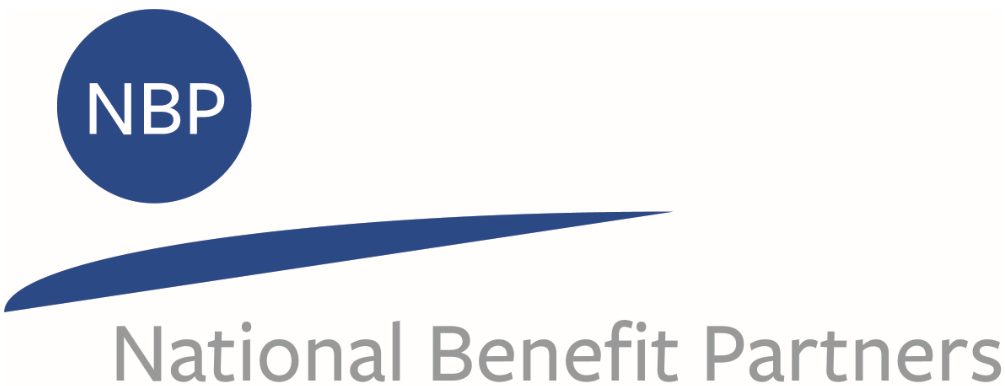Telemedicine has been evolving over the last few years and it is now an important addition to anyone’s healthcare portfolio. Let’s face it. Healthcare coverage is not what it once was for most Americans and the trends continue to move toward less coverage, not more. Telemedicine provides quick and easy access to quality health care whenever and  wherever you need it. It’s also the best, and perhaps only, value in healthcare today.
wherever you need it. It’s also the best, and perhaps only, value in healthcare today.
Telemedicine is, as stated in a recent Wall Street Journal article, transforming healthcare.
While some insurance companies, state regulators, and medical association’s resist telemedicine, the general medical practice has embraced it. Doctors Without Borders uses telemedicine to connect with medical experts around the world. Telemedicine has long been used in rural communities to provide healthcare services from radiology interpretation to patient evaluations by specialists. Services which would not be available without telemedicine. Hospitals and other healthcare organizations use telemedicine to provide specialized services such as ICU monitoring.
Some controversies continue. Some states express concerns about quality and the personal aspect of a doctor-patient relationship. There is also the issue of insurance coverage for the telemedicine visit. Thirty-two states have approved some level of reimbursement. Health plans and employers, on the other hand, have rushed to offer telemedicine as both a convenience and as a lower cost alternative for routine medical issues. The number of employers offering telemedicine options increased by 48% from 2015 to 2016. Employers are using telemedicine to reduce utilization in their health plan which will help control annual premium increases. For the employees, telemedicine is a bridge for all those affected by high deductibles, high co-pays and more out of pocket medical expenses.
Telemedicine smartphone apps like Healthiest You offer immediate care by phone but they take the service and the benefits several steps further. Healthiest You will find providers in the area approved by their health plan. This can be a huge benefit to the patient since, under some health plans, the patient could be liable for up to 100% of out of network charges. Healthiest You will also prompt a patient entering an ER to consider an urgent care location nearby, showing the cost savings and the location. The cost comparison feature is also available for certain specialty tests.
In healthcare, costs can vary widely. A Medicare study in 2012 documented prices for an echocardiogram in the Philadelphia area ranging from $700 to $12,000. The cost difference was not a difference in quality. The lower cost procedures were typically performed at a university hospital or major medical center and included more detailed diagnostic evaluations. The higher cost was usually at smaller community hospitals. It’s important for the employee and the employer to make good and prudent choices for their healthcare.
Prescriptions cost also very widely in a small geographic area. The difference in the cash price is often over 100%. Government health plans like Medicare and Medicaid now cover fewer drugs, especially more expensive brand name prescriptions. Patients on government health plans can also benefit from the information offered by apps such as Healthiest You or GoodRx.
More and more, everyone should have access to telemedicine services. The cost of healthcare and health insurance continues to increase and the access to healthcare is often decreasing. Every person needs to understand managing their healthcare is as important as managing their bank account. Thankfully, the tools to help are inexpensive and readily available on your smartphone.
